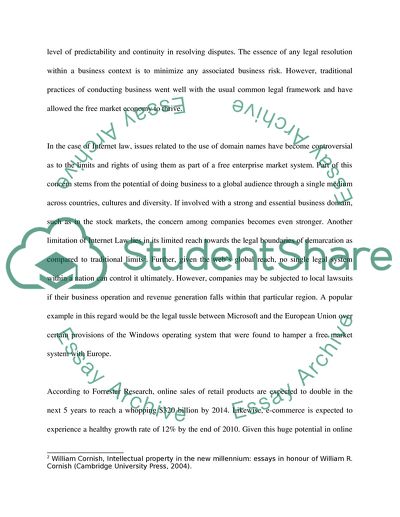Cite this document
(Imperfection of Copyright Law and the Notion of Piracy Research Paper, n.d.)
Imperfection of Copyright Law and the Notion of Piracy Research Paper. Retrieved from https://studentshare.org/law/1731610-information-technology-and-internet-law
Imperfection of Copyright Law and the Notion of Piracy Research Paper. Retrieved from https://studentshare.org/law/1731610-information-technology-and-internet-law
(Imperfection of Copyright Law and the Notion of Piracy Research Paper)
Imperfection of Copyright Law and the Notion of Piracy Research Paper. https://studentshare.org/law/1731610-information-technology-and-internet-law.
Imperfection of Copyright Law and the Notion of Piracy Research Paper. https://studentshare.org/law/1731610-information-technology-and-internet-law.
“Imperfection of Copyright Law and the Notion of Piracy Research Paper”, n.d. https://studentshare.org/law/1731610-information-technology-and-internet-law.


